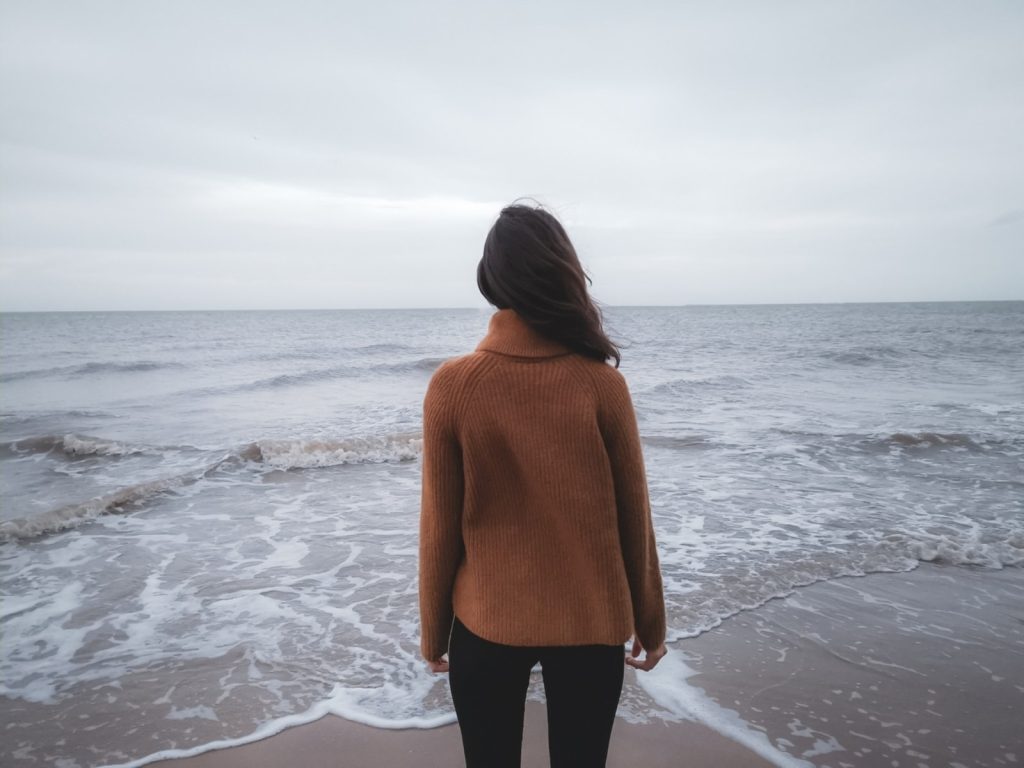When I first cooked with my cast iron, I felt a bit worried about cooking at a high temperature. I was concerned that it might damage the pan or I might burn the food. So, I reached out to my Grandma about the maximum temperature for cooking with cast iron since she’s been a great cook for decades.
After asking my grandma, I learned that cast iron is very resilient and can withstand extremely high temperatures. So now, I was more than happy to put the cookware to use on a much hotter setting.
Cast iron has a high heat capacity and can withstand temperatures higher than other materials. However, it is important to be aware of the maximum temperature of cast iron for optimal performance. Knowing this limit will help ensure your food is cooked properly. It can also prevent any damage from occurring to the pan due to excessive heat.
Best Temperature for Cooking with Cast Iron
Nana has reassured me that I can confidently cook with cast iron even at high temperatures. But it’s wise to keep the temperature below 700 degrees in order to ensure that the seasoning won’t burn off. Heat beyond this point may cause irreparable damage to the seasoning and would need to be re-applied.
As I did additional research, I discovered that cast iron is literally capable of withstanding temperatures as high as 1500°F. It is also an incredible feat with a melting point of 2220°F. This remarkable material possesses a remarkable level of heat resistance which makes it highly durable and reliable. So, there’s no need to worry about turning up the heat when needed.
However, it can be a bit different for seasoned cast iron. This type of cookware is capable of reaching temperatures up to 700°F. So, it’s a great choice for high-heat cooking tasks such as searing and deep frying.
Meanwhile, compared to uncoated cookware, enameled cast iron is able to heat up at a much lower maximum temperature of up to 450°F. This type of cookware typically requires less energy and time for heating than its uncoated counterpart due to its ability to retain heat more efficiently.
When to Cook at High Temperature with Cast Iron
Even though cast irons can withstand high heat, it does not necessarily mean that you should always be cooking on its maximum temperature. In fact, my nana has advised me that it is not necessary to cook on a setting higher than medium. Therefore, unless your recipe specifically calls for a very high temperature, you don’t need to turn the heat up too much and risk burning your food or making it too crispy.
Due to the unique electrical conduction characteristics of cast iron, using a heat source that is beyond medium can actually increase the chances of your food getting scorched or becoming stuck to the pan. Cooking at too high of an intensity can cause burning and sticking as the temperature rises exponentially. Which is why it is advised to keep your flame or burner on a moderate setting when using cast iron cookware.
What are the Best Food to Cook with Cast Iron
With my Nana’s extensive experience in the kitchen, I can definitely attest to her ability to make a plethora of delectable dishes using cast iron. So, out of curiosity, I inquired about which foods she believes are best cooked using this type of cookware.
Searing with Cast Iron
Cast iron has a superior capacity for heat retention, even after it has been heated to a higher temperature. However, the process of heating up does take more time due to its density. As a result, cast-iron pans are excellent for searing proteins and creating that perfect exterior “crust” in dishes such as steak because they can maintain their temperature over an extended period of time.
In addition to its superior heat retention, cast iron also has the ability to help you achieve an even browning when cooking food. By allowing the skillet to slowly absorb and retain the heat generated, it helps your food cook evenly throughout and gives it a more consistent appearance. Furthermore, this technique of slow and steady heating helps bring out the natural flavors in whatever dish you are making.
Frying with Cast Iron
Nana loves frying with cast-iron pans, as they are excellent for the task due to their ability to maintain a steady and consistent temperature. This means that food cooked in them will cook evenly and not be overly browned or burned on one side. Additionally, cast-iron pans can retain heat well. So foods will remain hot even after being taken off the stovetop. By cooking with these types of pans, Nana is sure to achieve delicious results every time.
However, one of the struggles of frying with cast iron are the oil splatters every time you put the ingredients on the pan. So, it’s essential to know some techniques to avoid oil splatter when cooking with cast iron. Some of the things you can do is to put a bit of salt to the oil and reduce the moisture of the food before frying.
Caramelizing with Cast Irons
If you are a fan of cooking with caramelized onions, your cast iron skillet is the perfect tool for that job. This type of cookware is ideal for caramelizing ingredients, as it has the ability to produce foods with concentrated sugars. With its even and consistent heat distribution, along with its heavy-duty construction, cast iron can provide you with perfectly cooked meals featuring delectable and sweet caramelized onions.
Baking with Cast Irons
With cast iron, you can be sure that your cake or bread will cook evenly, no matter what size it is. The heavy material also maintains a steady temperature so that your baked goods come out perfectly every time. Although it requires the right type of cast iron, tools, and baking temperature to have the best result for you baked goods.
Cast irons are a great choice for cooking a variety of foods, as they can be used on low, medium, or high heat. Their ability to withstand and maintain higher temperatures makes them ideal for searing meats, sautéing vegetables, and baking casseroles. With their maximum temperature ranging from 450 to 1500 degree Fahrenheit, you can rest assured that you won’t have to worry about the potential for damaging your cookware when cooking on high heat. This wide range of temperatures provides a great deal of flexibility in the kitchen. It allows you to utilize whatever heat level is necessary for the dish at hand.




